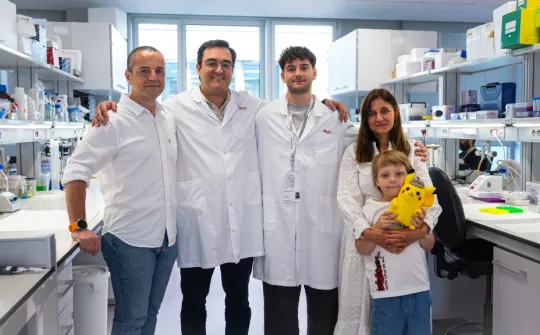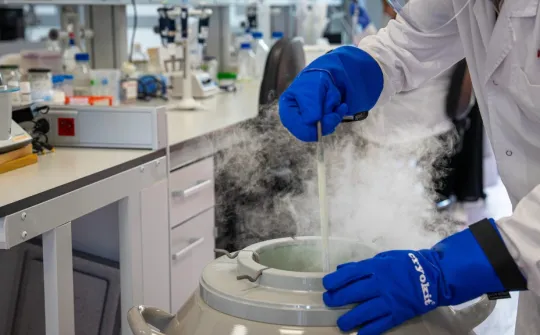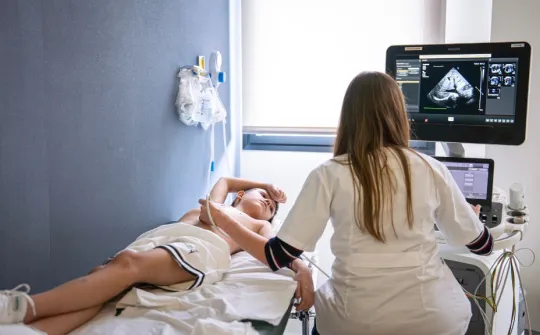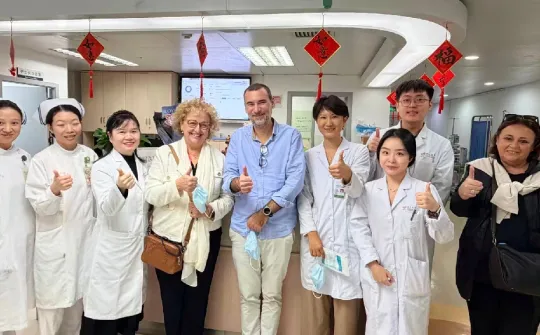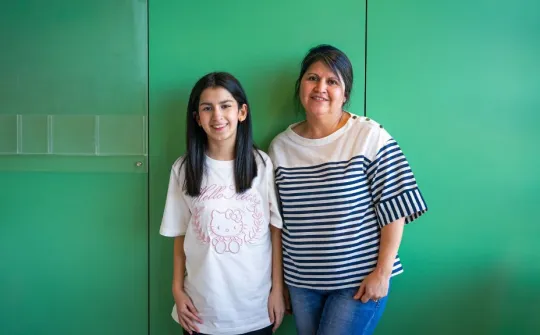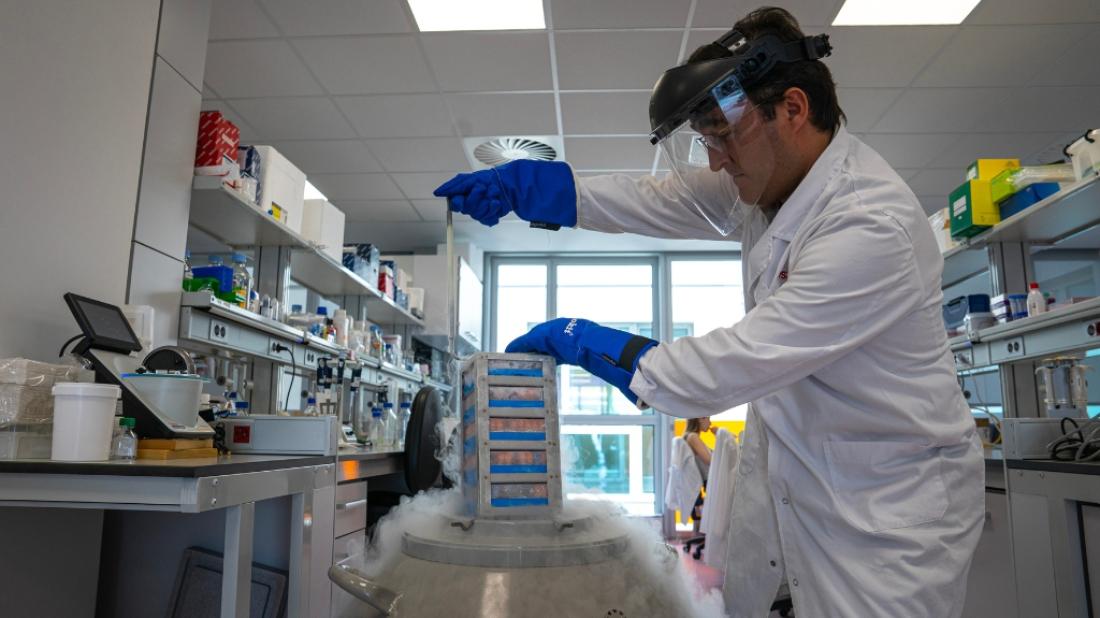
Researchers have found two key proteins secreted by the tumor that desensitise the immune system and promote the formation of barriers that impair treatment effectiveness.
The diffuse intrinsic pontine glioma (DIPG) is one of the most aggressive pediatric brain tumors, with a life expectancy of less than two years and with no available curative treatment. That is why research into this disease is vital. A team from the SJD Research Institute has found that this tumor secretes two proteins—osteopontin and CHI3L1—that modify the cellular environment, desensitise the immune system and reinforce the barrier that prevents drugs from reaching the tumor, rendering treatment ineffective.
According to Dr Ángel Montero, Head of the pediatric cancer treatment group, DIPG ‘not only grows aggressively, but it also actively creates a microenvironment that deactivates the body's defences’. These results have opened new doors in the development of immunotherapy treatments that counter the action of these proteins and allow the immune system to better attack the tumor.
Donating to research
This study was possible thanks to brain tissue donations from 35 families of children with DIPG and other non-tumoral diseases. Montero notes that ‘this generous donation has allowed for a highly precise, comparative analysis of the tumor environment – an essential part of understanding how DIPG modifies this microenvironment to grow and resist the immune system’. The research has also counted on the financial support of several funding entities.
This knowledge adds to the research initiatives currently being worked on to offer more therapeutic options to children.
Read the full story
The study by SJD Barcelona Children's Hospital was only possible thanks to 35 families who chose to donate brain tissue from their children – both with DIPG and with non-tumoral diseases.
